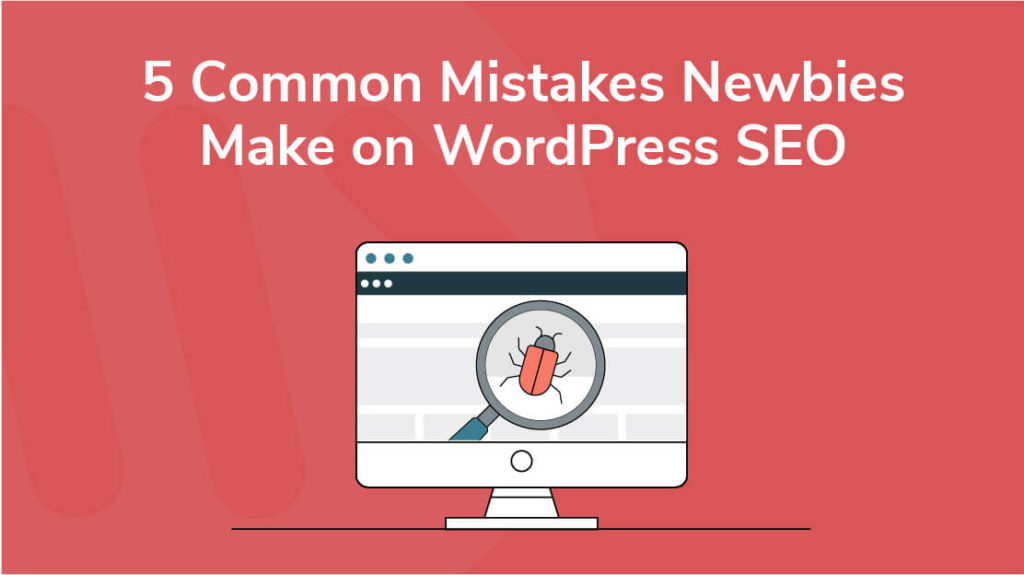There are many things to like about the WordPress platform– chief among them would be the role skill and sheer marketing savvy plays in your success. Most of us start from nothing, but knowing how to approach the platform is something you could learn along the way. Search Engine Optimization, or SEO, is one of those great equalizers. All you need to start is a keyword tool, and familiarity with the underlying logic of web searches.
More often than not, inexperienced users may forget to set their pages up for better SEO– an understandable mistake given the number of submenus you have to navigate to get to the options you need to fix. A key part of search optimization is having to ensure all the little bits and pieces of your site add up to build an experience the internet’s various search algorithms like.
You’re probably thinking, “What do I need to do so I stand out in actual searches?” Well, it should please you to know that while a bit involved, setting your WordPress page up for good search potential isn’t too hard. If you’re handy with a bit of menu diving, you could do a lot of the initial work yourself!

Not using the right keywords
Every business needs a solid plan to work with, and your WordPress page should be part of it. Content finds its way to audiences because search algorithms determine it relevant and worth indexing. Try thinking of at least 10 words you’d search if you’re looking for services similar to your own. If you bring up a tool like SEM Rush, you can input your chosen keywords to see which niches you could then occupy. A popular strategy is to look for keywords that may not be the top searched terms, but have enough of a base for you to compete. Most tools have a means of seeing related terms, so don’t be afraid to branch out in case your first choices have too much competition.
Missing your site data
Before you start posting content, your page needs to be set up specifically for better SEO. This means having to ensure title tags and meta descriptions are in check. Tags allow things like photos and various core sections of your site to index smoothly– the algorithm LOVES that. They’re tucked behind submenus, so you’re going to have to seek them out as they’re not always out in the open. The minutia is well worth it, though!
Spammy content
While we’re working within the bounds of search algorithms, these companies are also keen on the many ways people could game the system. Current SEO algorithms are well-versed in contextual information, and could tell if you’re padding a post with keyword dense content. A good rule of thumb here is to try and just be conversational and informative. Low-quality content like generated articles and automated spins that rehash old stuff tend to be easy to spot, and could actually hurt your chances at ranking. Pick a good niche, stick with it– but don’t overdo it. SEO spammers ruin it for everyone.
Straying from your keywords
Consistency makes anything better, but this is especially true when you’re managing a WordPress account. For the most part, unless absolutely necessary, staying within the bounds of your earliest defined keywords should ensure that you’re on-strat, and the almighty algorithm knows where to place you. It’s possible to pivot later on, especially if you’re veering into new markets, but it’s better to exercise caution to keep falling a couple of rungs.
Taking analytics for granted
On top of consistency, you should also keep tabs on what you know to work– and justify any future decisions on hard data. Tools like Google Analytics allow you to gauge site traffic and visitor behavior, while a good SEO tool on top of Google AdWords should show you where you rank within your particular keyword niche. Having access to all of these should give you a clear picture of which directions you may want to move in and more importantly, why that’s the case.


